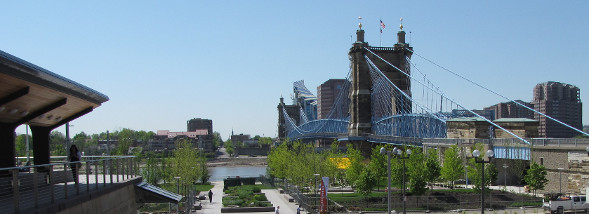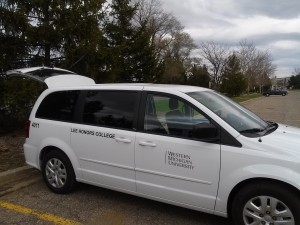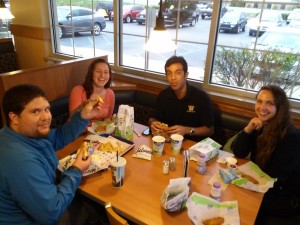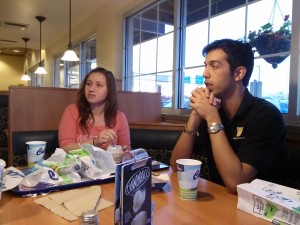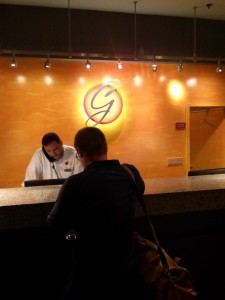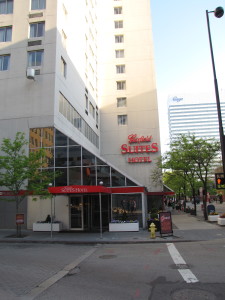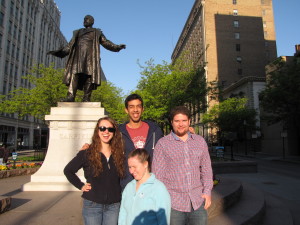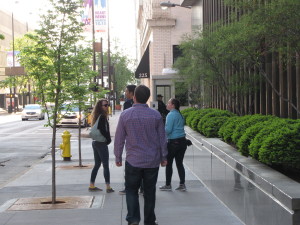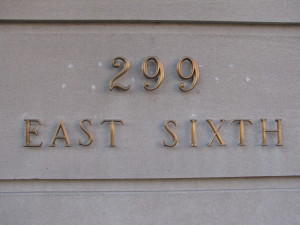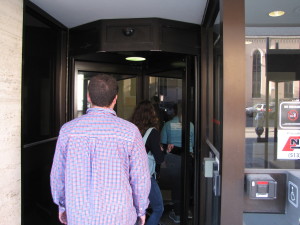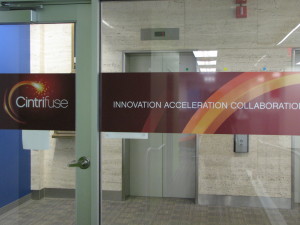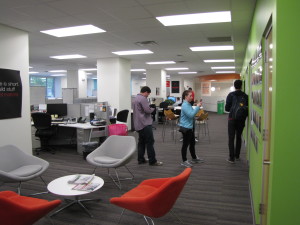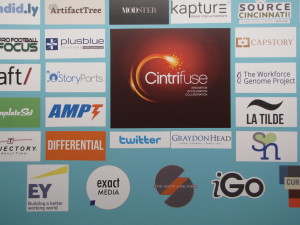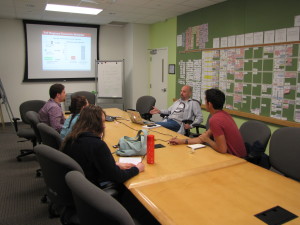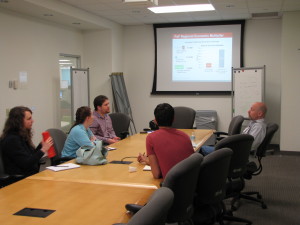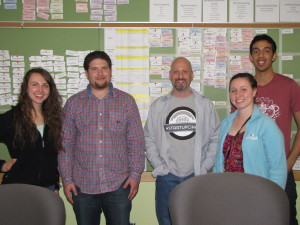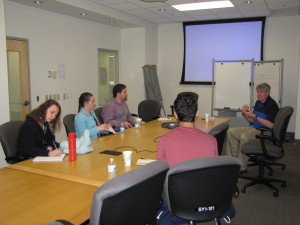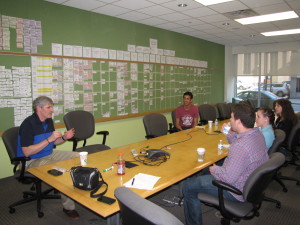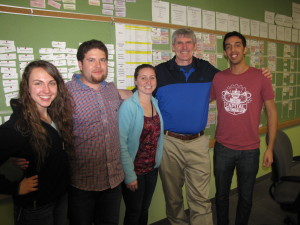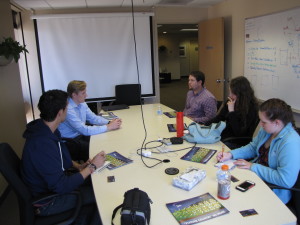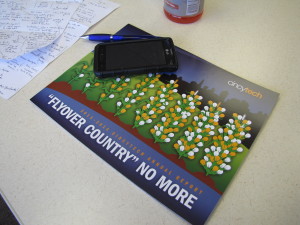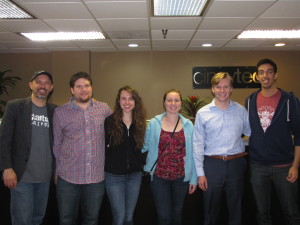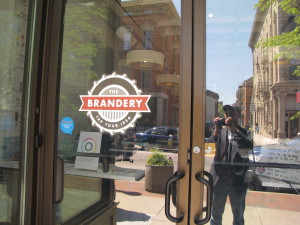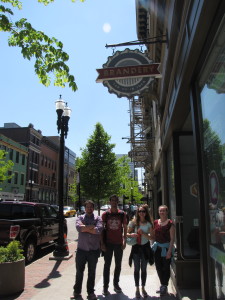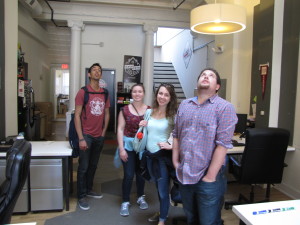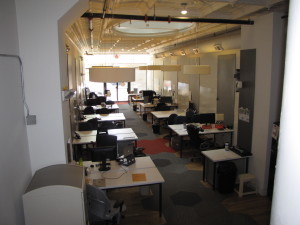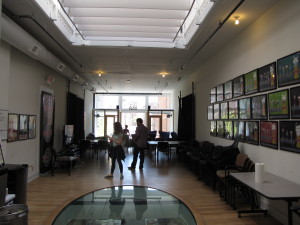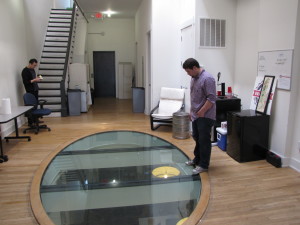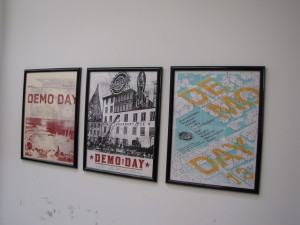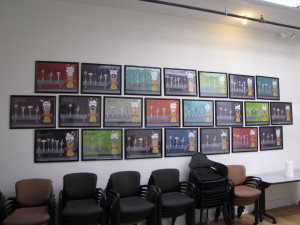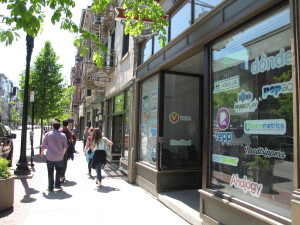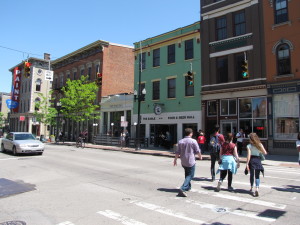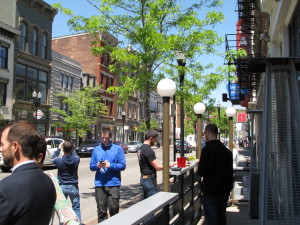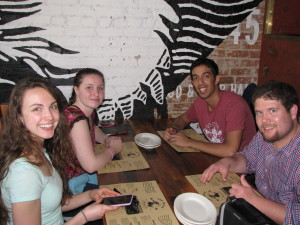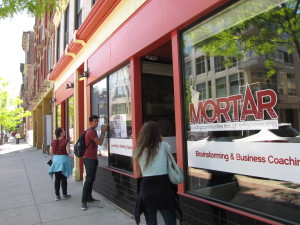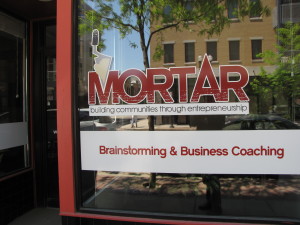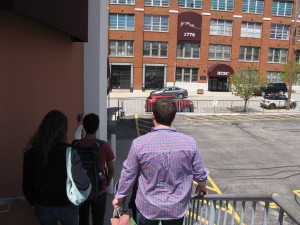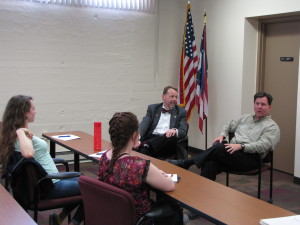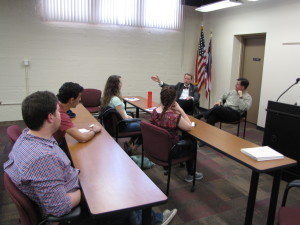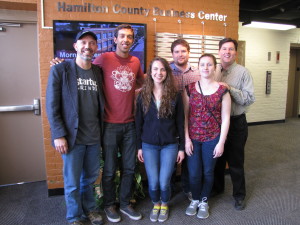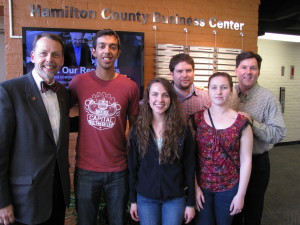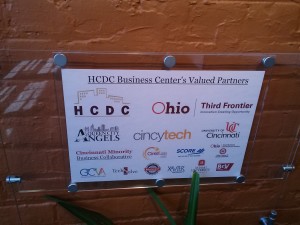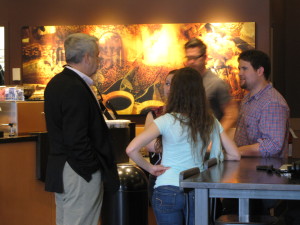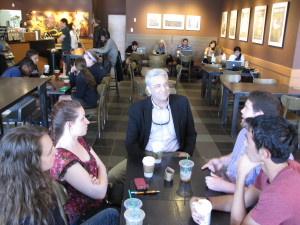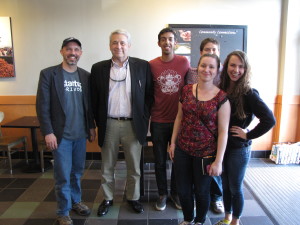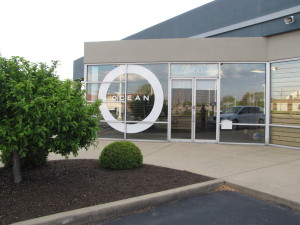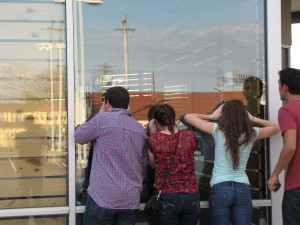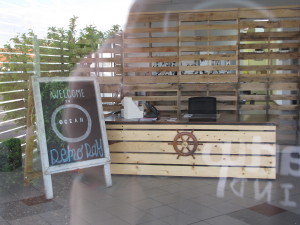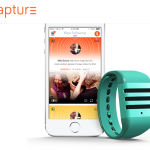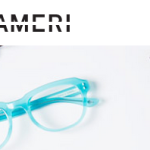Last week we made a trip to Cincinnati to visit with individuals and organizations in the local startup community. The trip was not a planned trip, and wasn’t part of the requirements of the course. However, we had several people suggesting it would be good to see what Cincinnati is doing, as there is a bubbling of activity happening in the city; and that it would be in our best interest since the city is in our region — the midwest. Such a trip would provide us another data point for figuring out what factors foster the vibrancy of a startup community.
To summarize our trip to the Cincinnati startup community (#startupcincy):
- The common theme we heard throughout the day: “a rising tide raises all boats”
- As for what makes the Cincinnati startup community different from other startup communities that we have visited: “connection to the pillar (larger) companies”
Below is how our trip to Cincinnati evolved and some of the main points we garnered from meeting with individuals and organizations in the local startup community. [ thank you to all that helped with organizing this trip; very much appreciated ]
Cincinnati first came on our radar as a city to visit after we had finished visiting Austin, Boulder, Chicago, Detroit, and Grand Rapids (in late March). It was through a connection with the Lee Honors College (Jeff Weedman) and the Dean of the Lee Honors College (Carla Koretsky) that it was suggested we visit Cincinnati. The reason: things are going on in Cincinnati.
However, the trip wasn’t confirmed for May 1st until April 24th — when I was in Champaign, Illinois to run a half-marathon (with my son, Martin), to visit family / mentor (Paul and Karolyn Magelli) and attend the University of Illinois’ Entrepreneurship Forum. This left a week to setup meetings in a place that I had only driven through (i.e. hadn’t spent much time in) — crunch time.
Thank goodness we had the help of several individuals that provided us introductions. First it was Jeff Weedman, then Jeff Carr, and ultimately Jordan Vogel. Combined with these introductions (Jordan did most of the heavy lifting — THANKS!!!), and the openness of the individuals in Cincinnati (as Jordan would say, “only a cup of coffee away”), we were able to quickly setup a solid schedule for our visit.
Four of the 10 students in the course were able to go on the trip: Adam, Alexis, Eric, and Josie. After everyone finished their finals on Thursday, we set out for Cincinnati in the Lee Honors College mini-van, arriving around midnight in “The Queen City”.
We stayed in downtown Cincinnati at the Garfield Suites Hotel — a market-rate apartment building converted in 1988 into a 150-room hotel. The hotel was reasonably priced, had large rooms — suites, with two bedrooms, a kitchen, and a lounge area — a little dated, but worth it based upon the price and the proximity to our activities in Cincinnati. The hotel (and area of downtown / the park) was named after President James Garfield, who was from Ohio.
Jordan Vogel, Cintrifuse
On Friday (May 1st), we were awake and in the hotel’s cafe for breakfast by 7am. After eating, we were off to our first meeting: at 8:30am, with Jordan Vogel, Cintrifuse. The Cintrifuse office was a simple 10-15 minute walk from the hotel, through the streets of downtown Cincinnati.
Jordan gave us the lay of the land in Cincinnati and how things have changed over the past 5-10 years in the startup community. Cintrifuse, organized in 2012 and lead by Jeff Weedman until last year (2014), and now lead by Wendy Lea. Jordan’s job: to foster the vibrancy of the startup community in Cincinnati. His title, as he would say, is 14 symbols, and he doesn’t use it much — “Director of Entrepreneurial Ecosystem”. What a wonderful job to have, and he is enthusiastic about his involvement in the Cincy startup community and the progression of the local startup community. This is important, as he was an entrepreneur in the music business and a musician in New York City before wanting a change of lifestyle — so he came to Cincinnati purposively.
Several of Cintrifuse’s initiatives and activities that Jordan talked to us about:
- Co-working space
- Innovation Xchange — startup-to-corporation speed dating (happened the day before we were in town, April 30th)
- Mentors / meet and greet with investors (at least one investor is in the office each week)
- Fund of funds — currently a $57 million fund; a honey-pot strategy, to bring companies / customers to experience Cincy
These activities, along with the other activities that Cintrifuse provides its members and the local startup community, were designed after the Cincinnati Business Committee received the results of a report by McKinsey & Co. about what would make the Greater Cincinnati region more attractive to entrepreneurs and entice outside investment to the area. The findings focused on:
- Keep talent
- Customer connections (driven by the fact that nine Fortune 500 companies are headquartered in Cincy)
- Funding
Using Cintrifuse’s metrics of activities: $8m has been deployed, and $32m has been brought into the region (a 4x regional economic multiplier). These results, activities, and startups are monitored by the folks at Cintrifuse via “The Green Monster” — an entire wall (the wall happens to be green) with a bunch of small pieces of papers (like ) organized in a certain manner. [ more info about the metrics / green wall can be found here ]
Jordan feels that many of the organizations / individuals are now moving the Cincy startup community in the same direction: “growing in the same direction”, which is helped by everybody in the community being just “a cup of coffee away” (i.e. people are easily accessible and willing to help in the Cincy startup community).
Scott Weiss, OCEAN
After meeting with Jordan, we stayed in the Cintrifuse offices and met with Scott Weiss, who is helping run the new OCEAN accelerator. On Wedneday (two days before our trip), OCEAN conducted its first DEMO Day — hosting over 1,200 people (with an additional 600 watching the event via a live stream).
Scott explained to us about OCEAN being the first faith-based accelerator (non-denominational). It is based upon a pyramid of resources that help entrepreneurs take an idea and build an organization around that idea. The pyramid of resources provided by OCEAN includes 1) funding, 2) relationships, 3) skills, 4) health, and 5) faith. Entrepreneurs attend both business and faith workshops throughout their time in the accelerator (6 months).
Scott’s explanation of faith:
“a blind belief in something that can’t be seen and is bigger than yourself”
An interesting scheduling structure at OCEAN is that DEMO Day is NOT the last day for a cohort to be in the accelerator. Rather, OCEAN provides additional time to help entrepreneurs after DEMO Day (e.g. negotiate funding arrangements for those that have interested investors, counsel others that don’t have interested investors, etc.).
Samuel Frith, CincyTech
We then walked 15 minutes to CincyTech to meet with Samuel Frith. CincyTech is an investor — via a private-public partnership — which was started in 2007. They currently have 59 companies in their portfolio, and have a $30 million fund (with a new fund to be raised later this year).
Samuel is an analyst who recently graduated from Miami University. Hailing from Chicago, he decided to stay in Ohio, as he sees great potential with new companies in Cincinnati and making investments in those companies. The company believes Cincinnati is moving in the right direction: is no longer a city that is only for big companies and that the East and West coast investors / entrepreneurs are now coming to town. Case in point: he provided us the 2014 CincyTech report, which was titled “‘Flyover Country’ No More“.
Samuel sees that more and more people in the city are warming up to the idea of working with a startup (as opposed to a large corporation); if one startup fails, they will move to another startup (as opposed to going to work with an established large corporation).
Samuel feels that research in Cincy is stronger than in Columbus and Cleveland, and this research is leading to more and more innovations coming to market in startups.
CincyTech invests primarily in the seed stage (i.e. prior to generating revenue). The investment criteria which CincyTech uses to make a decision:
- Market size (e.g. $250m market potential or more annually)
- Strength of founding team
- Intellectual property
- Exist potential (M&A)
- Location-based: only Southwest Ohio (because part of money in the fund is from the state of Ohio)
CincyTech works closely with other individuals and organizations in the local startup community, including Centrifuse, the Brandery, UpTech, OCEAN, and HCDC. Example of this is with several of their investments: Ahalogy (in the Brandery), Roadtrippers (in the Brandery), Kapture (has a location in HCDC).
The Banks, Over-the-Rhine, The Brandery, Lunch, MORTAR
After meeting with Samuel, we headed down to the Banks to see what all the construction was about, and see the two stadiums (national football and major baseball league stadiums) and the river from a closer perspective. We spent time taking in the nice sunny weather and talking amongst ourselves and with people around us. We then walked to the Over-the-Rhine area to have lunch. The first place we were going to, Revolution Rotisserie & Bar, was packed, so we walked around to see how the urban renewal of the area (which was blighted 5+ years ago) was going.
We ended up dropping by the Brandery (an accelerator) and taking an unguided tour of the facilities. We weren’t able to schedule a meeting with them, because Tony and crew were going through interviews with their next cohort. However, we were able to drop in and tour the facilities.
Talking with several people from the current Brandery cohort, it was recommended that we go across the street for lunch at the Eagle Food & Beer Hall. A wonderful choice — for me, I had a wonderful chicken sandwich.
After lunch, we looked into the MORTAR facilities (the office was closed). MORTAR is building communities through entrepreneurship, and doing so by providing a resource hub for urban Over-the-Rhine entrepreneurs. From what we heard, they are encouraging urban entrepreneurs to make a difference in their community, and to “use their imaginations and creativity”.
Patrick Longo, HCDC and Chuck Matthews, University of Cincinnati
Our next meeting was a 15-20 minutes drive from downtown. So, we hopped in the van and headed north to HCDC (Hamilton County Development Center), where we met with both Patrick Longo and Chuck Matthews. Patrick is the HCDC director, focused on the business incubation program. Chuck is an entrepreneurship professor at the University of Cincinnati (UC), and was suppose to meet us for lunch. However, commencement was longer than expected. Therefore, he joined us at HCDC and we had a nice conversation with both Patrick and Chuck.
Both Chuck and Patrick have been involved with startups, small businesses, and entrepreneurs in Cincinnati since the mid 1980s. Chuck has been at UC since 1985 (as a PhD student and a professor), and Patrick at HCDC since the late 1980s. Chuck was a PhD student at UC in 1985, and then was hired by UC in 1990.
UC is working on multiple fronts with entrepreneurship activities: UC Center for Entrepreneurship & Commercialization, entrepreneurship major, entrepreneurship club, business plan competitions, Bearcat Launchpad — student run business accelerator, and more. By the way, one of Chuck’s students, Joshua Rudd – Piola Shoes, was in the final interviews with the Brandery to get into the next cohort. These were the same interviews that were the “cause” for us not being able to officially meet with anyone at the Brandery. That is what happens when you have things going on. 🙂
[ Side note: Chuck and I talked about having a team heading down to Austin this week for the Superbowl of business plan competitions, the Venture Labs Competition; my alma mater, University of Louisville has 3 teams competing, so it made for good conversation with Chuck. ]
Patrick is the 4th director of the HCDC incubator (a physical sciences incubator), and has been in the position the longest. The incubator now has 75 clients under their roof, and who graduate from the incubator within 3-4 years. The average age of entrepreneurs in the incubator is 40-45 years old. They hold “Morning Mentoring” sessions, that are similar to office hours in other places that we have visited. Patrick likes to talk about how HCDC takes firms to the next level after they have gone through the accelerator / early stage development — a phase he calls “implementation”.
We talked about the history of Cincinnati and how the startup community has evolved over the past 30 years. Initially, there were a lot of silos in the startup community with organizations like HCDC, UC, and others working on their own. This created gaps in between those organizations, and they implied that there weren’t synergies between the organizations and initiatives. This meant that each organization was working individually, and not necessarily working with one another. Now they are seeing the organizations within the startup community working together — melding together (e.g. HCDC, CincyTech, Cintrifuse, OCEAN, UC Entrepreneurship Programs – Bearcat Launchpad, the Brandery, MORTAR, UPTech, etc.). Wins in the community are wins in the community — not just a win for a single organization.
Jeff Weedman, first CEO of Cintrifuse
We then went to Starbucks and met with Jeff Weedman. Jeff was the original leader of Cintrifuse. While on loan from P&G (his former employer), he brought the larger corporations together that support Cintrifuse’s activities with the startup community and are some of the main investors in Cintrifuse’s fund-of-funds.
Jeff understood that customers are the number one funder of a startup (and any business). The larger corporations play that role in Cincinnati. The larger corporations are also hungry for new and useful products / services (innovations). Startups are a source of innovation for these large corporations, and thus, by having the portfolio companies (the portfolio companies of the funds which the Cintrifuse fund-of-funds invest in) come and visit (or stay), it makes the Cincy startup community more vibrant. This connection to communities outside of one’s own communities is a trend we have seen in the more vibrant startup communities which we have visited.
Jeff talked about a tie to Michigan while we talked with him over coffee: the idea for the fund-of-funds came from the Renaissance Venture Capital Fund in Michigan. And not to forget, his family is a supporter of the Lee Honors College — the parents of Jeff’s wife, Cheri, are the namesake of WMU’s honor college — Carl and Winifred Lee [ thank you for the support ].
Before heading back to Kalamazoo we dropped by the OCEAN accelerator’s facilities (peered in the window, as the facilities were closed) and the University of Cincinnati campus (drove around the campus).
Conclusion and Take-aways
The common theme we heard throughout the day:
“a rising tide raises all boats”
As for what makes the Cincinnati startup community different from other startup communities that we have visited:
“connection to the pillar companies”
The startup community in Cincinnati makes an explicit connection with the large corporations, which they call the pillar companies. The core group are the 9 Fortune 500 companies (e.g. Kroger, Procter & Gamble, Macy’s, Fifth Third Bancorp). The local startup community uses the innovation exchange activities to connect startups with potential customers and connect pillar companies with innovations.
If you want to learn more about the Cincinnati startup community, follow the hashtag:
And a trip to Cincinnati would not be complete without having Skyline Chili — a Cincinnati invention.
Note: Friday was a good time for Cincinnati as:
1. Kapture’s product was featured on the Today Show.
2. Frameri was being features on Shark Tank in the evening.
